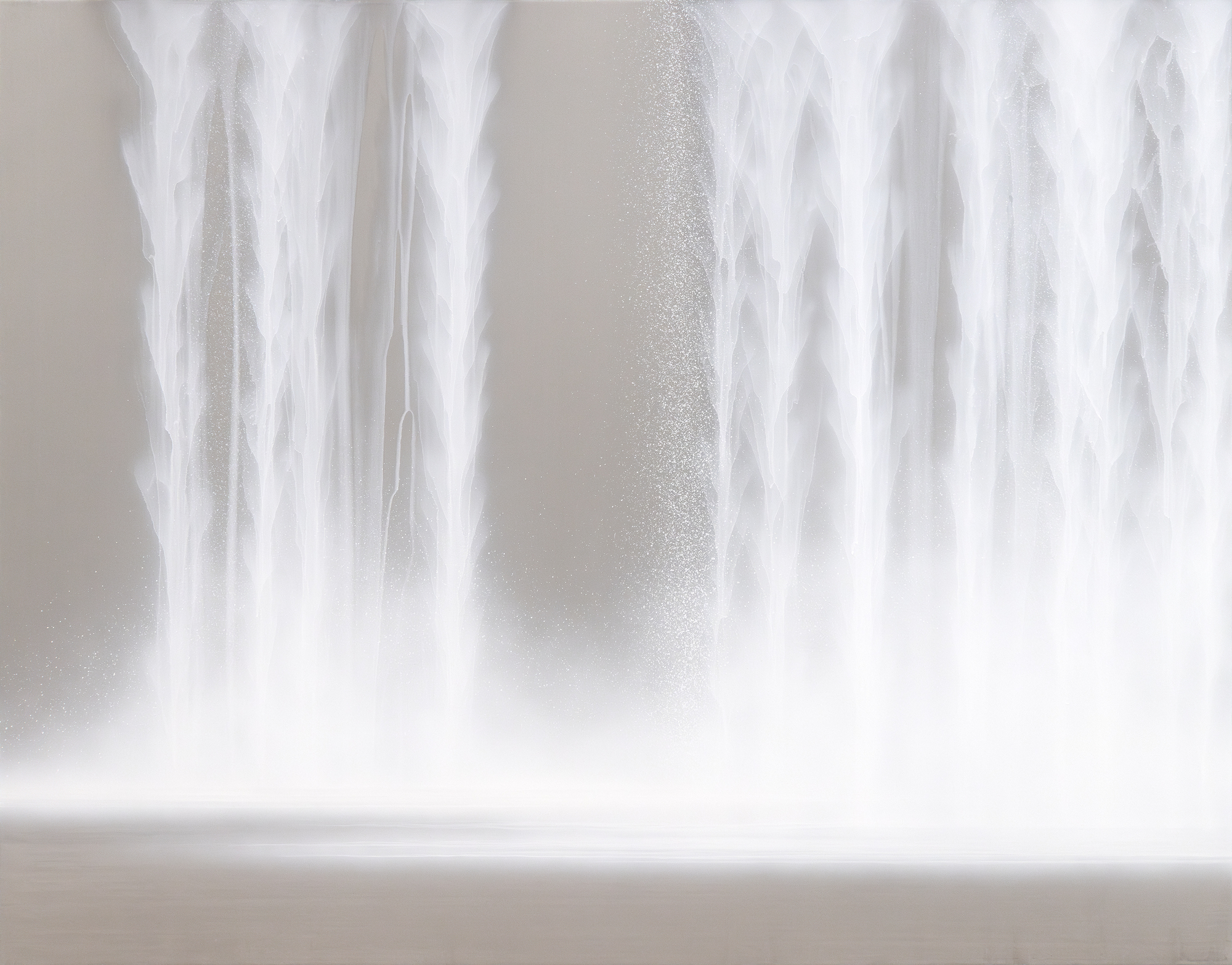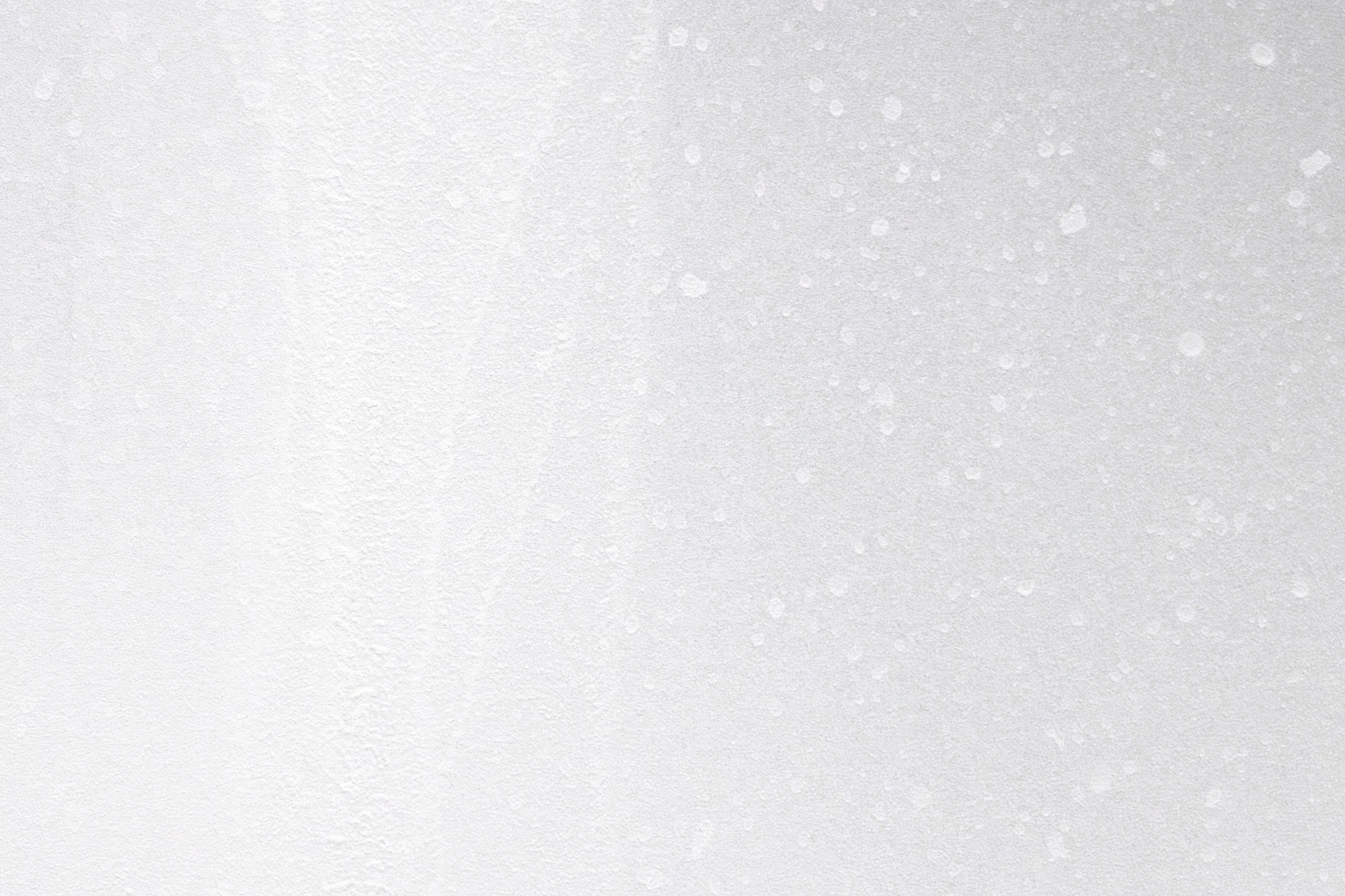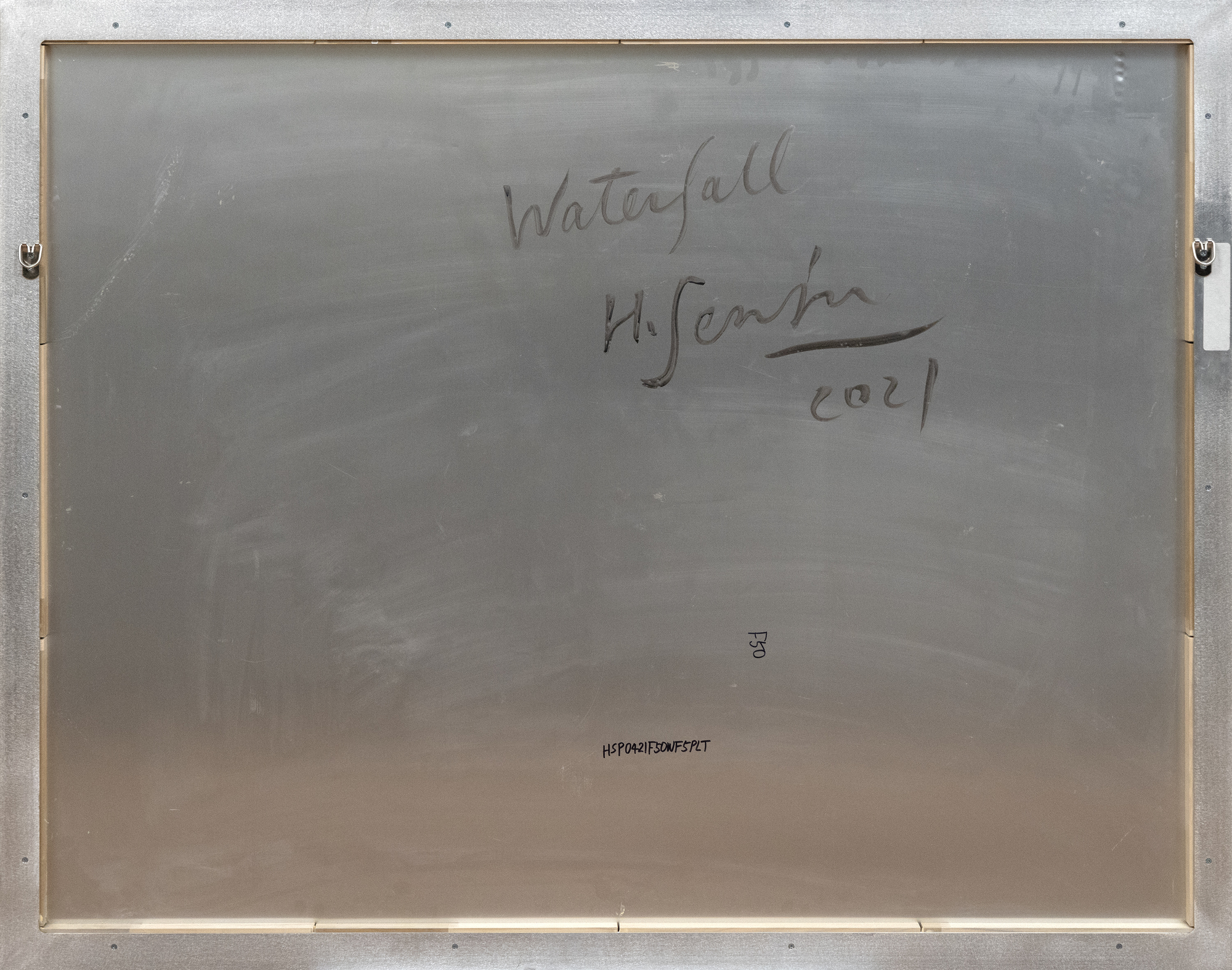HIROSHI SENJU (n. 1958)










Procedencia
Colección privadaPrecio325,000
La delicadeza de Senju es evidente en toda la obra. Utiliza papel de morera, un material tradicional japonés conocido por su delicada textura y resistencia. Las fibras naturales del papel absorben los pigmentos de forma que crean sutiles degradados y fluidez, realzando el efecto visual del agua en cascada. Emplea técnicas tradicionales Nihonga, como la superposición de lavados para crear profundidad y movimiento y la utilización de pinceladas variadas para lograr distintos efectos. Además, incorpora métodos modernos como el aerógrafo para aplicar finas nieblas de pigmento, creando degradados suaves y sin fisuras que imitan el delicado rocío y vapor asociados a las cascadas de agua.
Hiroshi Senju rinde homenaje a las formas artísticas tradicionales de su herencia al tiempo que amplía los límites del arte contemporáneo. Su capacidad para transmitir lo sublime a través de la sencillez y la abstracción hace de esta obra un testimonio de su visión única y su maestría artística. Es un sereno recordatorio de la belleza intemporal de la naturaleza, captada a través de la habilidad de un maestro de la pintura y el arte.


